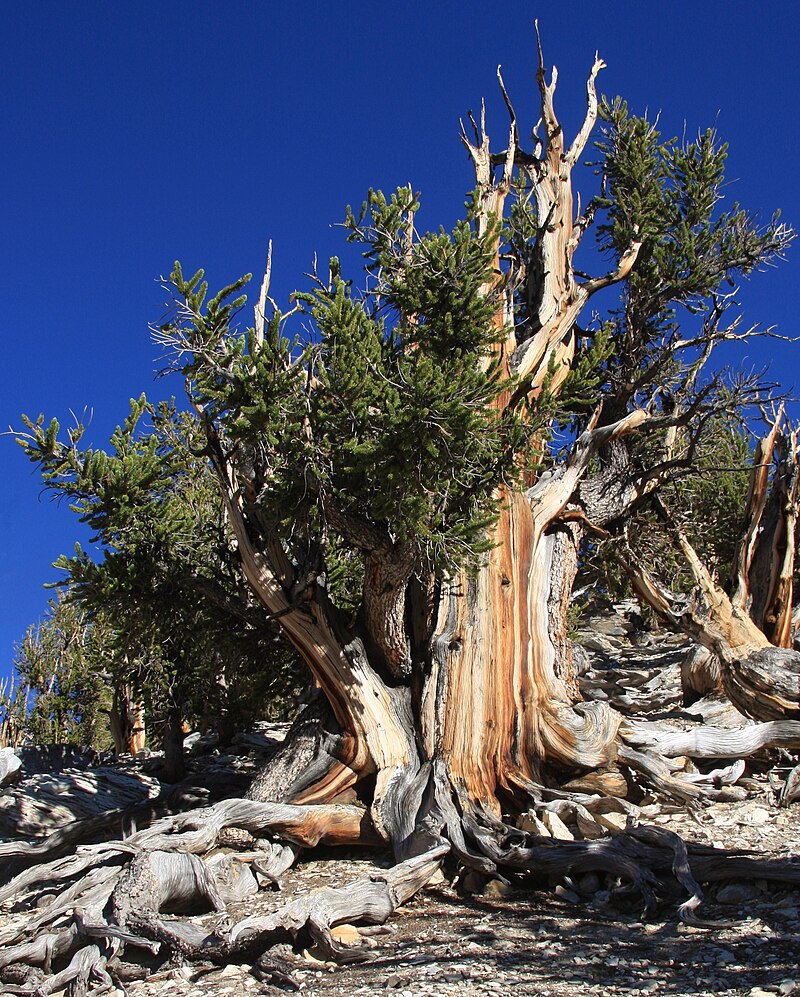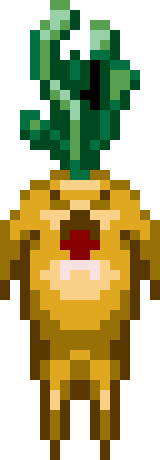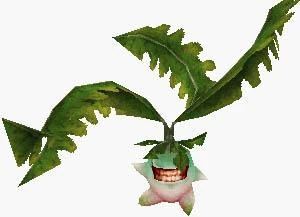Species: Genus Pinus (Bristlecone: Pinus longaeva)
Habitat: commonly found throughout the Northern Hemisphere
Fun stat: world record holder for age of an individual organism
Points: 85, Votes: 4, Highest: Patrick
I have to admit it took me a bit to decide how to group various evergreen trees that people voted for - this entry, being the entire Pinus genus, includes a few votes for Pine Trees in general and one specifically for the Bristlecone Pine. The genus contains 100-odd species depending on who you ask, as well as over 800 varieties or cultivars.
Many species of pine tree are long-lived, and Bristlecone Pines in particular (pictured above) are some of the longest-lived non-clonal organisms on earth. The current record holder for confirmed age is an individual tree named Methuselah, living in the White Mountains of eastern California, is 4,855 years old, meaning it sprouted in 2833 BC. Since we're talking about extreme ages, and since it didn't make the list, I'll also mention here that there's a clonal colony of Aspen trees in Utah named Pando which is likely to be over 10,000 years old (and maybe up to 80,000), but each actual above-ground tree only lives for a hundred years or so.
Meanwhile, back to pines. They're evergreen coniferous trees, and cover a wide range of statures and sizes from the 6-ft Siberian Dwarf Pine to the Ponderosa pine in Oregon which can grow up to 250 feet. Pines bear both male and female cones on the same trees, with the male cones being small short-lived packages that spread pollen which the females are the pine-cones we know containing seeds and often grow on the tree for over a year before falling.
Pines are an important plant in many ecosystems, with birds, mammals, and insects all finding food and shelter provided by the trees. Many species of moth and butterfly as well as woodpeckers, nuthatches, and squirrels particularly rely on pines. Pine trees are also widely used by humans for lumber and other crafting and building materials, and are prominent in art and literature. The seeds, known as pine nuts, are also edible.
With pine nuts, basil, and several oils available we can now make a really good pesto from this Top 50!




























